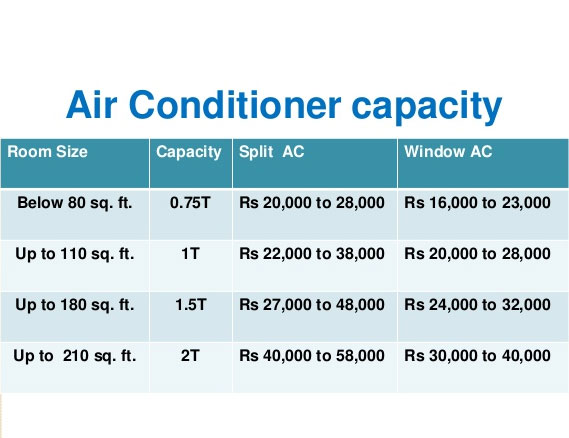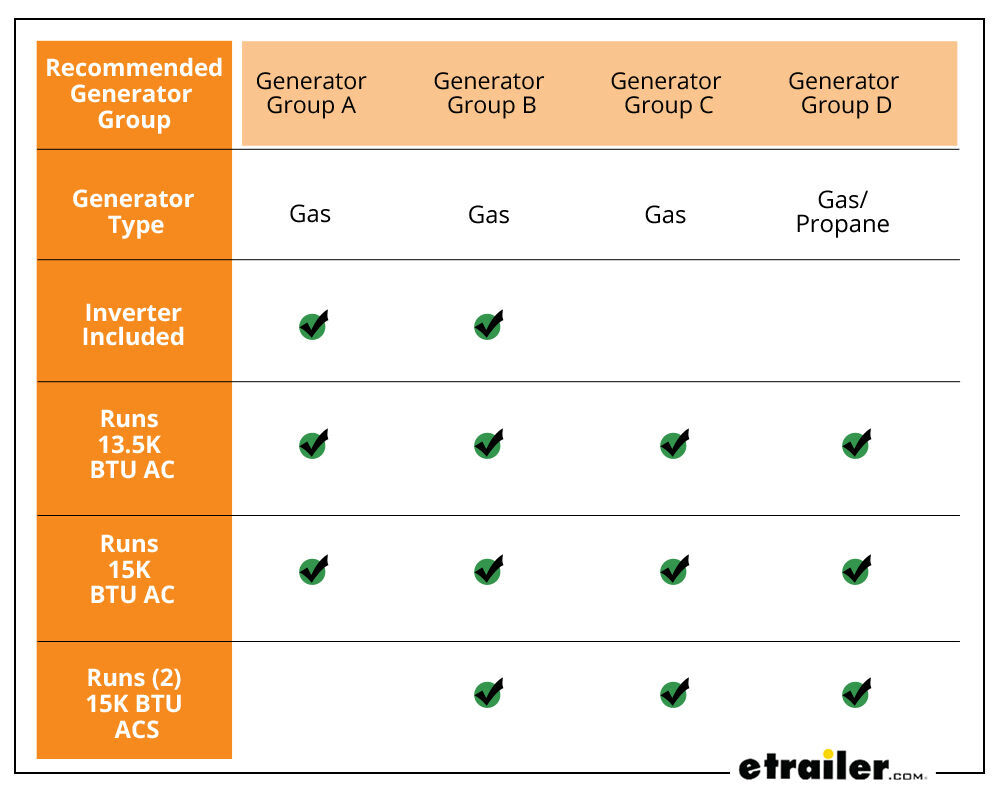So, you’ve recently come to realize that your AC unit isn’t performing as efficiently as before, and you’re wondering how to determine its total capacity. Well, fret not, because in this article, we’ll guide you through the simple and straightforward steps that will allow you to find out exactly how much cooling power your AC unit possesses. By understanding your unit’s total capacity, you’ll be able to make informed decisions about its usage, energy consumption, and potential upgrades. Let’s get started!
Determining the Total Capacity of an AC Unit
AC units play a crucial role in keeping our homes cool and comfortable during those hot summer months. However, having the right-sized AC unit is essential to ensure optimal cooling efficiency and energy savings. Determining the total capacity of an AC unit involves several factors, including the calculation of the BTU requirement, understanding the AC cooling capacity, considering indoor and outdoor conditions, factoring in climate conditions, accounting for home insulation, and ultimately, calculating the total capacity. In this article, we will delve into each of these aspects to help you determine the total capacity of an AC unit for your home.
Calculating the BTU Requirement
The first step in determining the total capacity of an AC unit is calculating the BTU (British Thermal Unit) requirement. BTUs measure the amount of cooling power an AC unit can provide. To calculate the BTU requirement for your space, you need to consider the square footage of the area you want to cool, as well as any additional factors that may influence the cooling load, such as the number of windows, insulation, ceiling height, and the number of occupants.
To calculate the BTU requirement, multiply the square footage by 25 for rooms with average insulation. For rooms with poor insulation or a high ceiling, multiply by 30, and for rooms with excellent insulation, multiply by 20. Adjustments may need to be made if the room receives significant sunlight or if there are multiple occupants.
Determining Air Conditioner Efficiency
Once you have calculated the BTU requirement for your space, the next step is to determine the efficiency of the air conditioner you are considering. AC units have a Seasonal Energy Efficiency Ratio (SEER) rating that indicates their energy efficiency. The higher the SEER rating, the more efficient the unit.
It is important to find an AC unit with a SEER rating that meets or exceeds the minimum requirements set by your local energy regulations. This will ensure that you are not only getting an efficient unit but also complying with environmental standards.
Understanding AC Cooling Capacity
AC cooling capacity refers to the amount of heat an AC unit can remove from the air in an hour. It is measured in BTUs per hour. It is crucial to choose an AC unit with the appropriate cooling capacity to ensure efficient cooling and energy savings.
The cooling capacity needed for your space depends on several factors, including the climate conditions, size and layout of the area to be cooled, and any additional heat sources present.
To determine the appropriate cooling capacity for your space, you can use the following rule of thumb:
- For every square foot of living space, you need around 20 BTUs.
- For kitchens, add an extra 4,000 BTUs.
- For rooms with high ceiling heights or large windows, add additional BTUs to account for the increased cooling load.
Considering Indoor and Outdoor Conditions
When determining the total capacity of an AC unit, it is crucial to consider the indoor and outdoor conditions that may affect the cooling load.
Indoor conditions such as insulation, ceiling height, number of windows, and number of occupants play a significant role in the cooling load. Well-insulated homes with fewer windows and occupants typically require a lower cooling capacity than poorly insulated homes with larger windows and more occupants.
Outdoor conditions, such as climate and sun exposure, also impact the cooling load. Hotter climates with more sun exposure will require a higher cooling capacity to offset the additional heat gains.
Factoring in Climate Conditions
Climate plays a vital role in determining the total capacity of an AC unit. The cooling load required for a space in a hot and humid climate will be significantly higher compared to a space in a cooler and drier climate. If you live in a region with extreme climate conditions, it is essential to choose an AC unit with the appropriate cooling capacity to ensure optimal cooling performance.
Accounting for Home Insulation
The level of insulation in your home affects the total capacity of the AC unit required. Well-insulated homes retain cool air better, reducing the cooling load. On the other hand, poorly insulated homes allow cool air to escape, increasing the cooling load.
Before determining the total capacity of an AC unit, assess your home’s insulation. Consider factors such as wall insulation, attic insulation, and window insulation. Investing in improving your home’s insulation can significantly impact the required cooling capacity and energy efficiency of your AC unit.
Understanding AC Unit Sizing
AC unit sizing is an important consideration when determining the total capacity. It is essential to choose a unit that is properly sized for your space to ensure efficient cooling and avoid unnecessary energy consumption.
An undersized AC unit will struggle to cool the space effectively, leading to poor performance and increased energy consumption. Conversely, an oversized AC unit may cycle on and off frequently, resulting in inconsistent temperatures, poor humidity control, and reduced energy efficiency.
Calculating Total Capacity
To calculate the total capacity of an AC unit, you need to combine the BTU requirement, the AC cooling capacity, and the other factors we’ve discussed. By considering the square footage, insulation, indoor and outdoor conditions, and climate, you can determine the appropriate cooling capacity needed for your space.
Once you have calculated the cooling capacity required, compare it to the BTU rating of the AC units you are considering. Choose a unit with a BTU rating that is equal to or slightly higher than the calculated cooling capacity. This will ensure that you have an AC unit that can effectively cool your space without wasting energy.
Getting Professional Help
Determining the total capacity of an AC unit can be a complex process, considering the various factors involved. If you find the calculations overwhelming or if you want to ensure accurate results, it is best to seek professional help from HVAC experts.
Professional HVAC technicians have the knowledge and experience to assess your space, calculate the cooling load accurately, and recommend the right-sized AC unit for your needs. They can also take into account other factors that may impact the cooling capacity, such as the specific layout of your space and any unique cooling requirements.
Conclusion
Determining the total capacity of an AC unit is crucial for optimal cooling performance, energy efficiency, and comfort in your home. By calculating the BTU requirement, understanding air conditioner efficiency, and considering factors such as AC cooling capacity, indoor and outdoor conditions, climate, home insulation, and AC unit sizing, you can make an informed decision when selecting an AC unit. Remember, when in doubt, consult with HVAC professionals to ensure you have the right-sized AC unit for your unique cooling needs. Stay cool!





